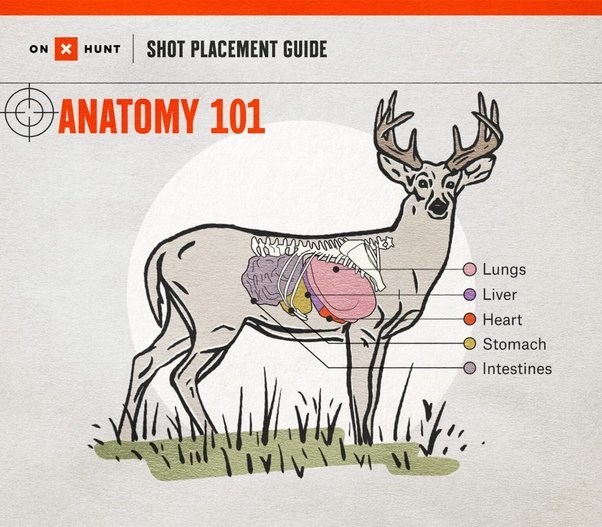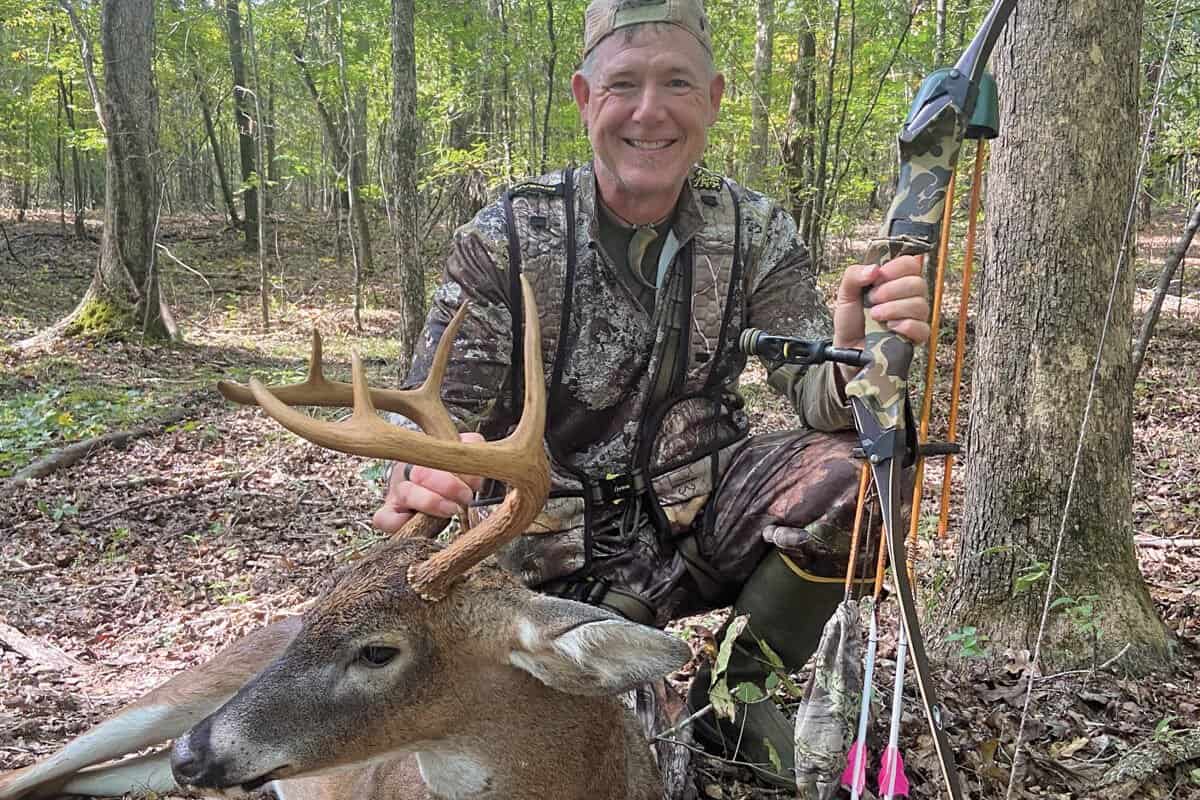A “brisket shot” refers to aiming at the lower chest area of a deer while hunting. This shot targets vital organs and can ensure a quick, ethical kill.
Hunters often debate the most effective shot placement on a deer. The brisket area, being the lower chest region beneath the neck and in front of the front legs, is considered a vital zone. Hitting this spot can quickly incapacitate the animal due to the concentration of heart and lung tissue.
Ethical hunting practices emphasize the importance of a clean shot, minimizing the suffering of the animal. The brisket shot is particularly challenging due to the need for precision and an understanding of deer anatomy. Novice hunters are advised to study this technique and practice their skills to ensure humane hunting. Such shots also demand respect for wildlife and adherence to local hunting regulations.
Contents
Unveiling The Brisket Shot
In the world of hunting, precision is key. Taking a brisket shot at a deer is a topic of much debate. Let’s dive into what makes this shot so unique, and whether it’s an effective technique for hunters. Understanding the brisket shot is crucial, as it can be both risky and rewarding.
Anatomy Of The Perfect Brisket Placement
Aiming for the brisket means targeting the chest area of a deer. This section is right under the neck, where the front legs meet the body. Hunters must know this anatomy for a clean, ethical shot.
- Heart and lungs: above the brisket, main vital organs.
- Sternum: in the center, protects vital organs.
- Shoulders: surround the brisket, indicate proper height.
Brisket shots require precision. The hunter aims just above the sternum, avoiding bone and maximizing the chances of hitting vitals.
Pros And Cons Of Targeting The Brisket
| Pros | Cons |
|---|---|
| Less chance of spoiling meat | High risk of non-lethal injury |
| Large target area | Difficult for beginner hunters |
| Quick incapacitation with accurate shot | Potential to miss vital organs |
Opting for the brisket can be beneficial for experienced hunters aiming to preserve meat. However, one should weigh these advantages against the ethical considerations. An inaccurate shot may lead to the animal’s suffering.
Preparation For The Hunt
Welcome to your ultimate guide for an unforgettable hunting experience! Today, we dive into the essential steps every hunter must take before embarking on the quest for a perfect brisket shot deer. Meticulous preparation sets the foundation for success in the wild. Let’s gear up, understand our prey, and sharpen our skills to ensure we’re ready for the hunt of a lifetime.
Selecting The Right Equipment
Choosing top-notch gear is vital for any hunting trip. Remember, your equipment can make or break the hunt.
- Rifle: Opt for a caliber suited for deer. Consult experts for the best match.
- Ammunition: Quality bullets mean cleaner shots. Aim for high-impact and precision.
- Optics: A clear scope narrows down your target. Get one with solid magnification.
- Clothing: Blend with the environment. Wear camouflage and dress for the weather.
- Accessories: Pack knives, rope, and a first-aid kit. Always stay prepared.
Scouting And Understanding Deer Behavior
Knowledge is power. Studying deer patterns ensures you’re at the right place, at the right time.
- Research the area. Look for signs like tracks and droppings.
- Learn about food sources. Deer tend to feed near these zones.
- Map out water sources. Thirst will bring them to you.
- Understand movement patterns. Dawn and dusk are prime times.
Practice Makes Perfect: Honing Your Shooting Skills
Sharp skills lead to ethical shots. Frequent practice embeds muscle memory for a swift and humane hunt.
| Activity | Purpose |
|---|---|
| Target Practice | Improves aim and builds confidence |
| Dry Firing | Enhances trigger control without ammo |
| Position Drills | Teaches stability from various stances |
Executing The Shot
Executing the perfect shot on a brisket-shot deer requires more than just good aim. It’s a blend of patience, skill, and knowledge.
Timing And Patience In The Field
The wilderness demands respect and understanding. Approach the hunt with calm and watchfulness.
- Wait for the right moment: Allow the deer to settle into a natural and relaxed position.
- Monitor wind direction: Keep your scent undetected to avoid startling your target.
- Control breathing: Steady breaths ease nerves and sharpen concentration.
Mastering The Art Of Stealth And Positioning
Move silently, blend with the surroundings, and secure a clear line of sight.
- Use natural cover: Trees and bushes can conceal your presence.
- Minimize movement: Sudden shifts can alert the deer.
- Find stable ground: Ensure a firm footing for a steady shot.
Shot Placement And Bullet Trajectory
Precision is crucial for a humane and effective harvest.
- Target the vital areas: Aim behind the foreleg, one-third up from the bottom of the brisket.
- Consider bullet path: Factor in distance, gravity, and wind.
- Practice makes perfect: Regularly train under various conditions.
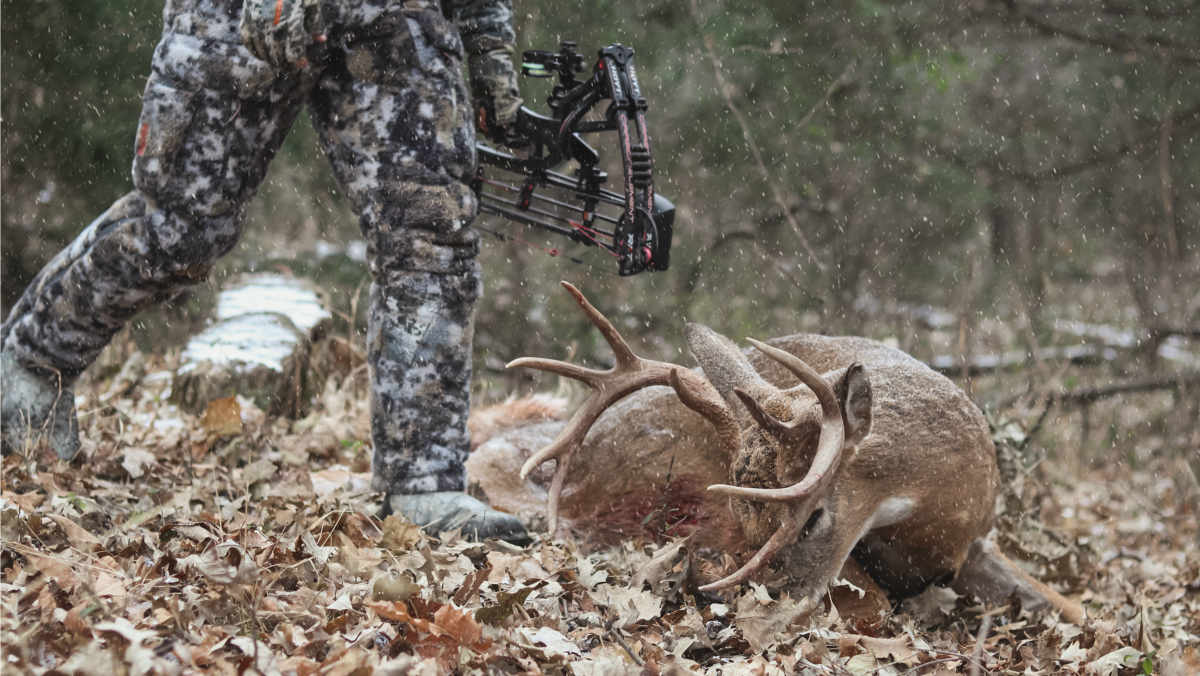
Credit: www.themeateater.com
Post-shot Strategies
Once the brisket shot has been made, a hunter’s attention turns to the successful recovery of the deer. Knowing what to do after the arrow flies or the bullet strikes is crucial. Proper post-shot strategies ensure ethical hunting practices and increase the chances of locating the deer.
Tracking The Deer: Signs And Signals
After taking your shot, pay close attention to the deer’s reaction and listen for sounds of movement. Signs such as blood trails, broken twigs, or tracks help in tracking. Look for the following clues:
- Blood spots: Notice the color and consistency. Bright red blood often means a lung or heart shot, darker blood might indicate a hit to the liver.
- Arrow or bullet impact: Find the point of impact. An arrow stuck in the ground can give clues to the hit quality.
- Footprints: Observe any erratic patterns that may indicate the deer is injured.
Ethical Considerations And Finishing The Hunt
Ethical hunting means respecting the animal and striving for a quick, humane kill. After the shot, give the deer time to expire before tracking – usually 30 minutes to an hour for a brisket shot.
| Action | Reason |
|---|---|
| Wait before following up | Prevents pushing the deer and possibly prolonging its suffering. |
| Observe behavior | Understanding deer behavior post-shot can guide your recovery efforts. |
| Use a tracking dog if legal | Dogs are skilled at following faint blood trails and can be invaluable trackers. |
| Report your harvest | Following local game laws is part of ethical hunting and conservation. |
Remember, the goal is to recover the animal swiftly and humanely. Your patience and observation skills are the best tools for a successful hunt conclusion.
Culinary Rewards
The pursuit of hunting offers more than just outdoor thrills – it delivers delicious, savory rewards straight from nature. Brisket shot deer, known for their rich flavor profiles, provide a satisfying experience for both the hunter and the chef. With care and expert preparation, this game meat turns into a mouthwatering feast.
From Field To Table: Handling Your Harvest
After the hunt, proper field dressing is key to preserving meat quality. Begin with clean, sharp instruments and work swiftly to cool the meat. Taking the right steps can significantly influence the taste and safety of your venison brisket. Below, find the essentials for handling your harvest:
- Keep the carcass cool to prevent bacterial growth.
- Clean the deer promptly and thoroughly.
- Age the brisket in a controlled environment if possible.
- Store the meat properly by wrapping it tightly and freezing it.
Brisket Preparation And Cooking Tips
Transforming your deer brisket into a succulent meal requires attention to detail. Marinating is your first step towards tenderizing this naturally tough cut. Consider the following tips to elevate your brisket:
- Trim excess fat to ensure even cooking.
- Marinate for 24 hours with your choice of flavors.
- Slow cook or smoke the brisket for optimal tenderness.
- Let the meat rest after cooking before slicing.
For the best results, maintain a low temperature over an extended period. This gentle cooking process allows the tough fibers to break down, creating a tender brisket that falls apart easily. Make sure to slice against the grain for maximum tenderness.
| Step | Detail | Tip |
|---|---|---|
| 1. Trim | Remove excess fat | Fat blocks even seasoning. |
| 2. Marinate | Soak in flavors | Acid in marinades helps tenderize. |
| 3. Cook | Low and slow | Keep the temperature consistent. |
| 4. Rest | Meat relaxes | Allows juices to redistribute. |
Remember, patience is the secret ingredient to unlocking the full potential of your brisket shot deer. Serve your perfectly cooked venison with pride, knowing you’ve brought the bounty of the hunt to the dining table.
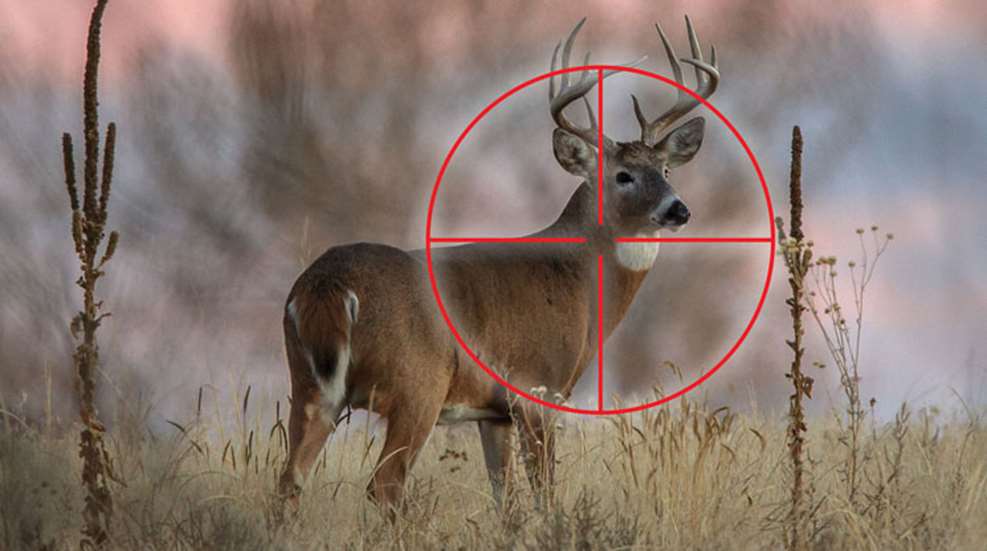
Credit: www.americanhunter.org
Conservation And Hunting Ethics
The relationship between hunting and conservation might seem contradictory at first glance, but when conducted ethically, hunting plays a crucial role in wildlife management. Responsible hunting helps ensure ecological balance and the preservation of healthy habitats. Let’s delve into how ethical practices support sustainable wildlife populations and what hunters can do to champion conservation efforts.
The Role Of Hunters In Wildlife Management
Hunters contribute significantly to conservation initiatives. Through licensing fees and excise taxes on equipment, they provide financial support for wildlife protection. Their field observations aid biologists in monitoring herd sizes and health. Here are the pivotal ways hunters aid wildlife management:
- Funding conservation projects through license sales and donations.
- Assisting with population control to prevent overpopulation and starvation.
- Supporting scientific research with hands-on data collection.
Ethical Hunting Practices For Sustainable Harvesting
To promote sustainability, hunters must adhere to ethical hunting practices. These practices ensure that deer populations remain robust and that ecosystems thrive:
| Practice | Description |
|---|---|
| Respect Bag Limits | Abiding by set quotas to prevent overharvesting. |
| Choose the Right Game | Targeting species based on sustainable population data. |
| Honorable Shot Placement | Ensuring quick, humane kills to minimize suffering. |
Committing to responsible hunting protocols not only preserves wildlife populations but also upholds the heritage and tradition of hunting. Every ethical hunter serves as a steward of the land and its creatures, safeguarding them for future generations.
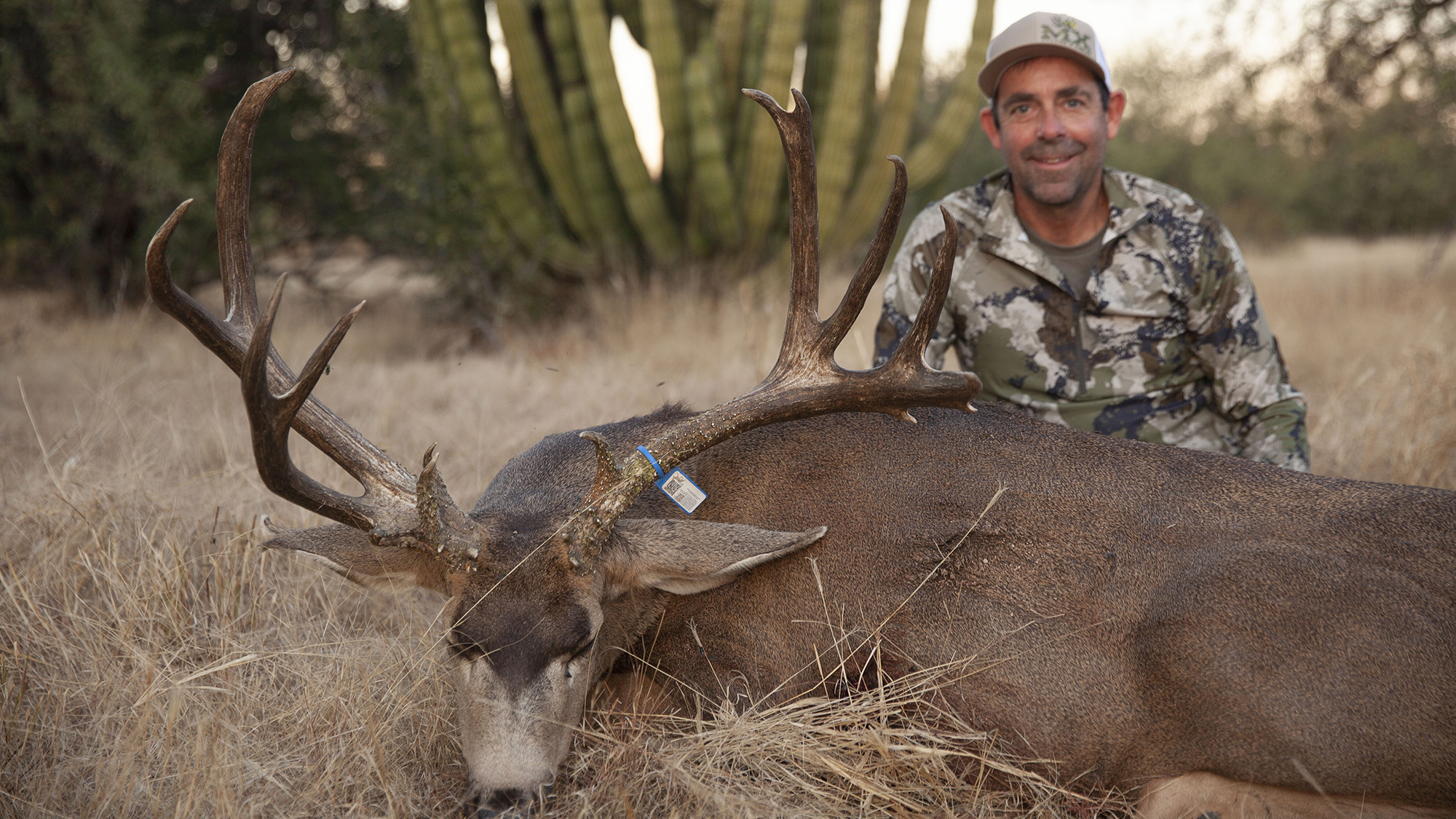
Credit: www.outdoorlife.com
Frequently Asked Questions Of Brisket Shot Deer
What Is A Brisket Shot On Deer?
A brisket shot on a deer refers to a specific targeting of the deer’s chest area. It’s important for a quick, ethical hunt.
Where To Aim For Brisket Shot?
Aim at the base front of the deer’s neck where it meets the chest. This shot disrupts vital arteries leading to rapid incapacitation.
Is Brisket Shot Effective For Deer Hunting?
Yes, a brisket shot can be effective if placed accurately. It damages major blood vessels and can quickly bring a deer down.
What Are The Risks Of Brisket Shooting?
Risks include wounding without a clean kill if the shot isn’t precise. This results in tracking and potential loss of the deer.
Conclusion
Exploring the techniques behind the brisket shot on deer has been illuminating. Hunters seeking efficient harvests now have a clearer strategy. Practice, precision, and ethical considerations remain paramount. Embrace this knowledge for responsible hunting and respectful wildlife engagement. Always aim for a humane, quick harvest—nature deserves our best shot.
